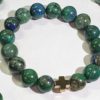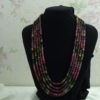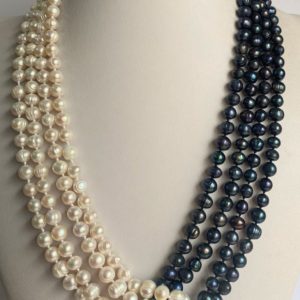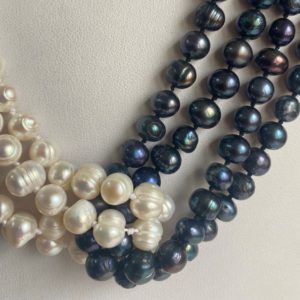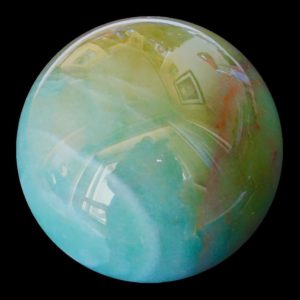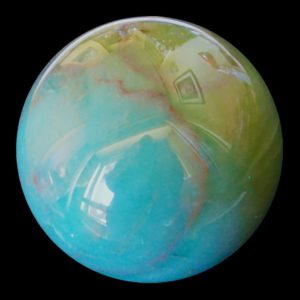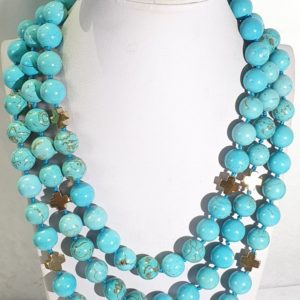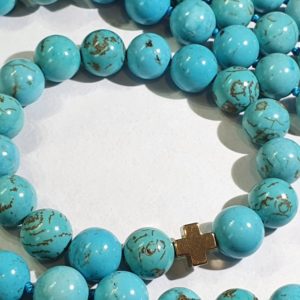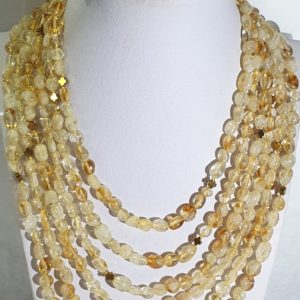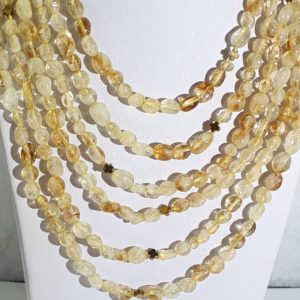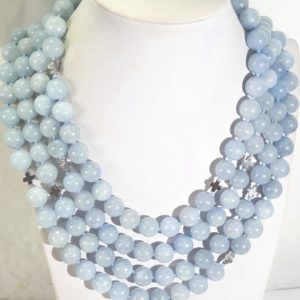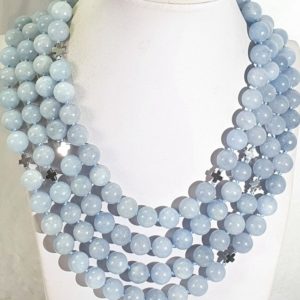Fluorite
887 £ Original price was: 887 £.677 £Current price is: 677 £.
Rainbow fluorite is a particularly stunning variety of fluorite that displays a range of colors within a single stone. This multicolored appearance is due to the presence of different trace elements and variations in the crystal structure, which can result in bands or zones of various hues, typically including shades of purple, green, blue, yellow, and clear.
Characteristics of Rainbow Fluorite
- Coloration: Rainbow fluorite often shows bands or zones of multiple colors, which can include purple, green, blue, yellow, clear, and sometimes pink or brown. The color variation is one of its most distinguishing features and is highly sought after in the gem and mineral market.
- Transparency: It ranges from transparent to translucent, often with clear areas interspersed with colored bands.
- Luster: Vitreous (glassy) luster.
- Hardness: 4 on the Mohs scale, indicating it is relatively soft and needs careful handling to avoid scratches and damage.
Formation
The colors in rainbow fluorite form due to variations in trace elements and exposure to natural radiation during its formation process. These variations can create stunning patterns and color bands within the crystal, making each piece unique.
Uses
- Jewelry: Rainbow fluorite is often cut into cabochons, beads, and other jewelry pieces. Its vibrant and varied colors make it a popular choice for unique and eye-catching jewelry.
- Decorative Items: It is also used in making decorative objects such as spheres, carvings, and other ornamental pieces.
- Collectibles: Due to its beauty and range of colors, rainbow fluorite is highly prized by mineral collectors.
Metaphysical Properties
Rainbow fluorite is believed to have numerous metaphysical properties and is often used in spiritual and healing practices. Some of the attributed benefits include:
- Balancing Energy: It is thought to harmonize and balance the energies within the body, promoting overall well-being.
- Mental Clarity: Rainbow fluorite is said to enhance mental clarity and decision-making skills, making it a popular stone for those seeking to improve focus and concentration.
- Emotional Healing: Its diverse colors are believed to help heal emotional wounds and promote a sense of calm and peace.
- Protection: Many consider it a protective stone that shields against negative energy and electromagnetic pollution.
Care and Maintenance
Due to its softness and perfect cleavage, rainbow fluorite requires careful handling. Here are some tips for its care:
- Avoid Impact: Handle with care to prevent fractures or scratches.
- Store Properly: Store it separately from harder gemstones to avoid damage.
- Clean Gently: Clean with lukewarm water and a soft cloth. Avoid ultrasonic cleaners and harsh chemicals.
Conclusion
Rainbow fluorite is a captivating and versatile stone, valued for its stunning array of colors and patterns. Its beauty, combined with its metaphysical properties, makes it a favorite among jewelers, collectors, and those interested in crystal healing. Whether used in jewelry, as a decorative piece, or for spiritual purposes, rainbow fluorite continues to enchant and inspire.
4o
Fluorite is a highly regarded mineral and gemstone known for its diverse range of colors and significant optical properties. Here are key points about fluorite as a stone:
Characteristics
- Composition: Calcium fluoride (CaF₂)
- Crystal System: Isometric (cubic)
- Hardness: 4 on the Mohs scale
- Colors: Can be found in a wide array of colors including colorless, blue, green, purple, yellow, brown, pink, black, and others. The color variations are often due to the presence of trace elements and radiation exposure.
- Luster: Vitreous (glassy)
- Transparency: Transparent to translucent
- Cleavage: Perfect octahedral cleavage in four directions, making it prone to breakage along these planes.
Sources and Locations
Fluorite is found in many parts of the world. Major sources include:
- China
- Mexico
- South Africa
- United States (notably in Illinois and Kentucky)
- Canada
- England (notably in Derbyshire)
Uses
- Industrial: Fluorite is crucial in industrial processes. It’s used as a flux in steel and aluminum production to lower the melting points of raw materials.
- Optical Applications: Due to its low dispersion, high-quality fluorite is used in the manufacture of lenses and prisms for optical equipment.
- Chemical Manufacturing: Fluorite is a primary source for the production of hydrofluoric acid, which is used in various chemical processes.
- Gemstone and Jewelry: Fluorite is fashioned into beads, carvings, and cabochons for use in jewelry. Its vibrant colors make it popular despite its relative softness and fragility.
- Collectibles: Fluorite is highly prized by mineral collectors for its wide range of colors and well-formed crystals. Specimens with well-developed crystals are particularly sought after.
- Decorative Items: Fluorite is often used to create decorative items such as vases, figurines, and ornamental objects.
Unique Properties
- Fluorescence: Many fluorite specimens exhibit fluorescence under ultraviolet (UV) light, which means they can glow in a variety of colors depending on the impurities present.
- Thermoluminescence: Fluorite can emit light when heated.
- Phosphorescence: Some fluorite specimens continue to glow even after the light source has been removed.
Care and Handling
Given its perfect cleavage and relative softness, fluorite requires careful handling. Here are some tips:
- Avoid Mechanical Stress: Avoid impacts and mechanical stress as fluorite can easily fracture along its cleavage planes.
- Protection from Chemicals: Keep fluorite away from acids and harsh chemicals which can damage its surface.
- Proper Storage: Store fluorite separately from harder gemstones to avoid scratches.
- Gentle Cleaning: Clean fluorite with lukewarm water and a soft cloth. Avoid ultrasonic cleaners and harsh detergents.
Metaphysical Properties
In the metaphysical and healing communities, fluorite is often considered a protective and stabilizing stone. It’s believed to enhance mental clarity, improve decision-making, and foster harmony. Different colors of fluorite are thought to have specific attributes:
- Purple Fluorite: Associated with spiritual growth and intuition.
- Green Fluorite: Linked with healing and cleansing of the heart chakra.
- Blue Fluorite: Believed to enhance communication and clarity.
- Yellow Fluorite: Thought to boost creativity and confidence.
Fluorite is admired not only for its scientific and industrial applications but also for its beauty and metaphysical attributes, making it a versatile and cherished mineral in various fields.
Related products
Uncategorized
Set “Yin Yang” from Natural White and Black Pearls. – Wisdom and Harmony. Sterling Silver 925.
Uncategorized
Emerald – 14K Gold Filled Gold Clasp – Good Energy – Protection and Good Fortunedream catcher
Uncategorized
Uncategorized
Uncategorized
Aquamarine necklace with Greek crosses (protection & balance) – hematite – 925 silver brooch



